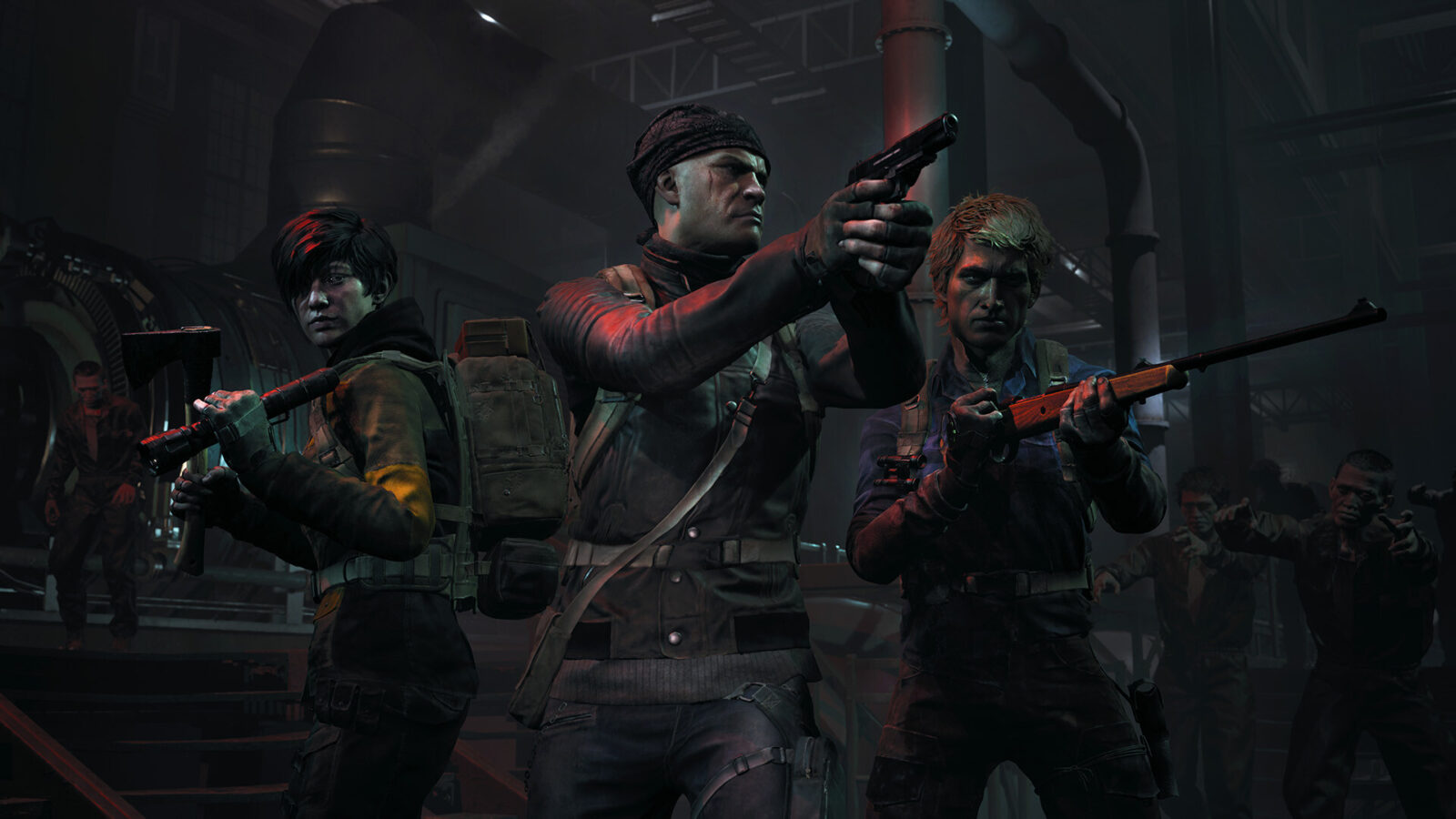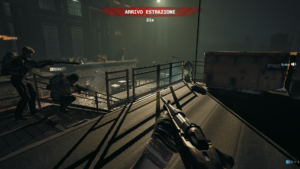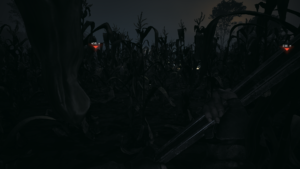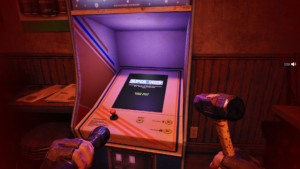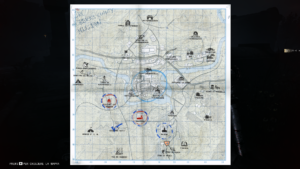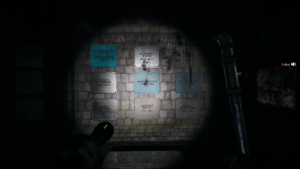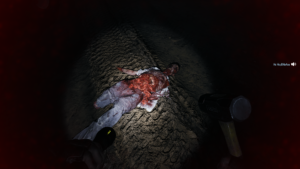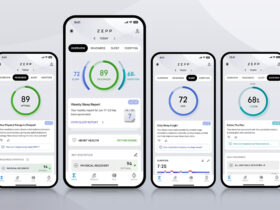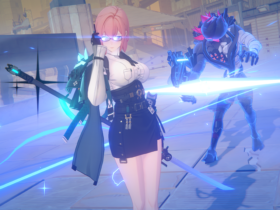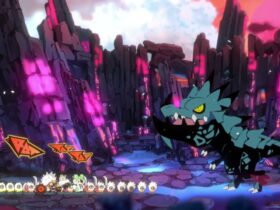Facing off against zombies in No More Room in Hell 2 13 years after the first title’s release, which is still widely supported and updated, I could never have expected this, at least not five years ago, but as the saying goes, “better late than never.” Let’s start by saying that the version we played consisted of a single map, albeit a fairly large one, so our assessments of the game’s longevity, the variety of graphics and settings, game scalability, and challenge level are limited to what we experienced. Yet despite this, and perhaps due to my nature for tackling certain types of challenges in Early Access, I found myself glued to the keyboard and mouse.
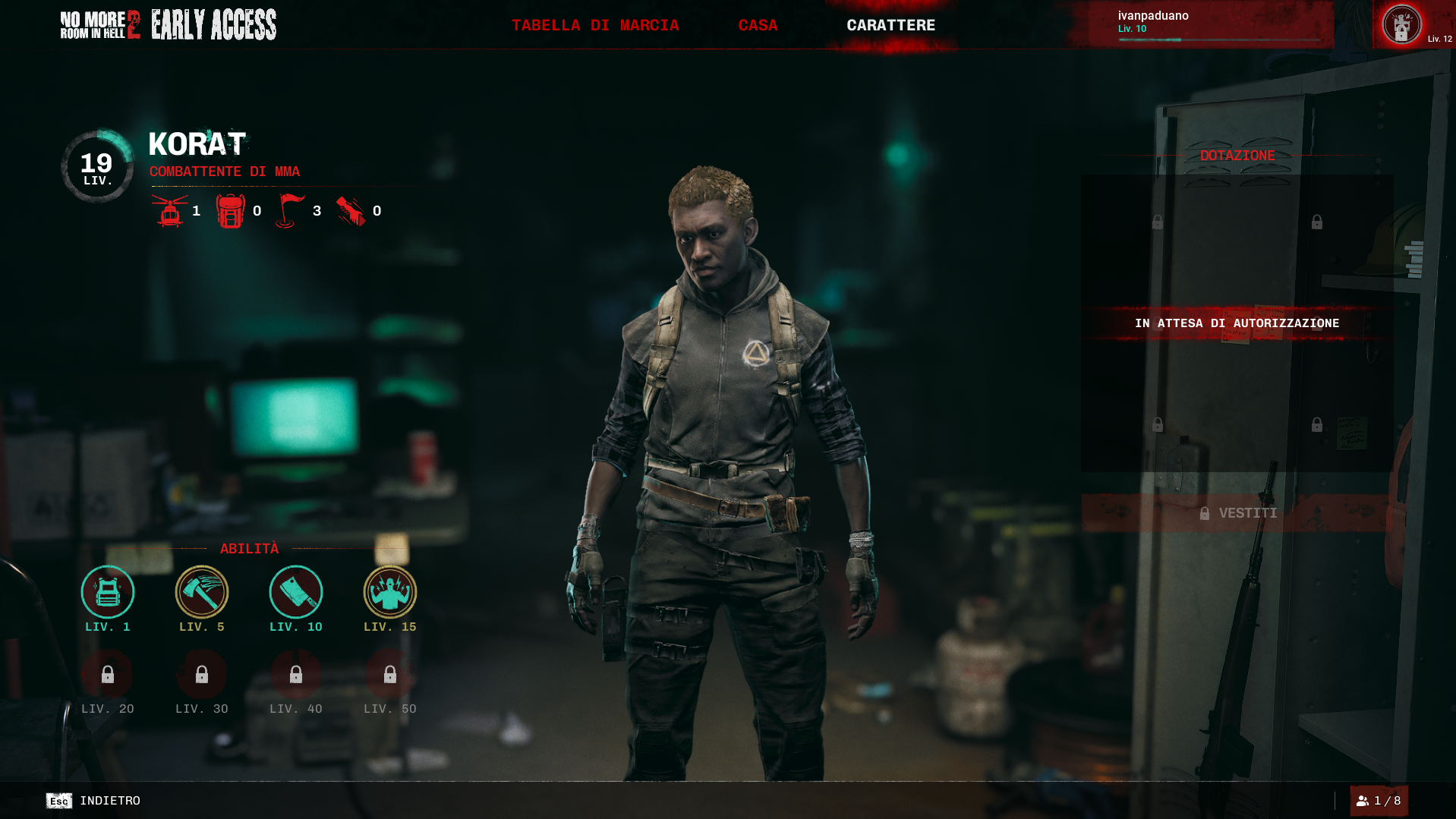
No More Room in Hell 2: uncompromising action
No More Room in Hell 2, as you probably know, is the sequel to what was more of an experiment than a full title and retains its main characteristic of being a survival horror with epic resource scarcity. Moreover, just like its predecessor, these resources might not be of any use at all. We are indeed confronted with a tightly-knit co-op experience where if we aren’t at least four players for the final assault, the chances of surviving without hacks are zero. And by zero, I mean not just very low, but absolutely none. The game starts with eight players spawning in random locations with randomly placed resources; the only certain items are the basic gear: a bent pipe instead of a one-handed weapon, a torch with soon-depleting batteries that’s essential for finding items, a pistol with six bullets, and a syringe that revives us when we go down among the zombies—a sort of extra life. If you think that’s not much, you’re absolutely right because we aren’t even safe in the starting slot; zombies are everywhere, and it’s not us searching for them but them chasing us, even at supersonic speed. As if that weren’t enough, besides the ambulatory corpses you can spot from a distance, there are at least ten times as many on the ground, and they will spring to life at random, so it’s not even certain that standing in a specific spot will keep you from being attacked from behind. To catch a breather, the only option is to find a shed and shut the door, but even then, when we need to reopen it to proceed, we might find a dozen undead waiting for us, and it will be a lot if we can take down 3 or 4.
Thus, tactics are a must; the first step is undoubtedly to regroup with the rest of the party while avoiding any inconvenient spots and gathering resources only in places from which we can escape quickly—preferably by jumping because like in many similar games, we proceed with hops to minimize exposure to contact, which is horrific to see and endure, but hey, if you give me the chance, as a designer, I’ll surely exploit it. Given the game’s difficulty, even at level one, running is a good way to die in the final stages instead of jumping. All of this is bolstered by the absence of PvP, which we see as a positive—it’s tough enough as it is; if a bomb goes off in a pile of zombies and injures friends too, every match would end up with party slaughter. The fact that the game isn’t about realism and rewards action over everything else is obvious! Currently, it’s not possible to drive cars or any of the heavy vehicles that are left abandoned. Imagine steering a bulldozer against zombies! Objects don’t shatter; some might get dented, the glasses don’t all break, and doors don’t get kicked in, which is much better for hardcore players.
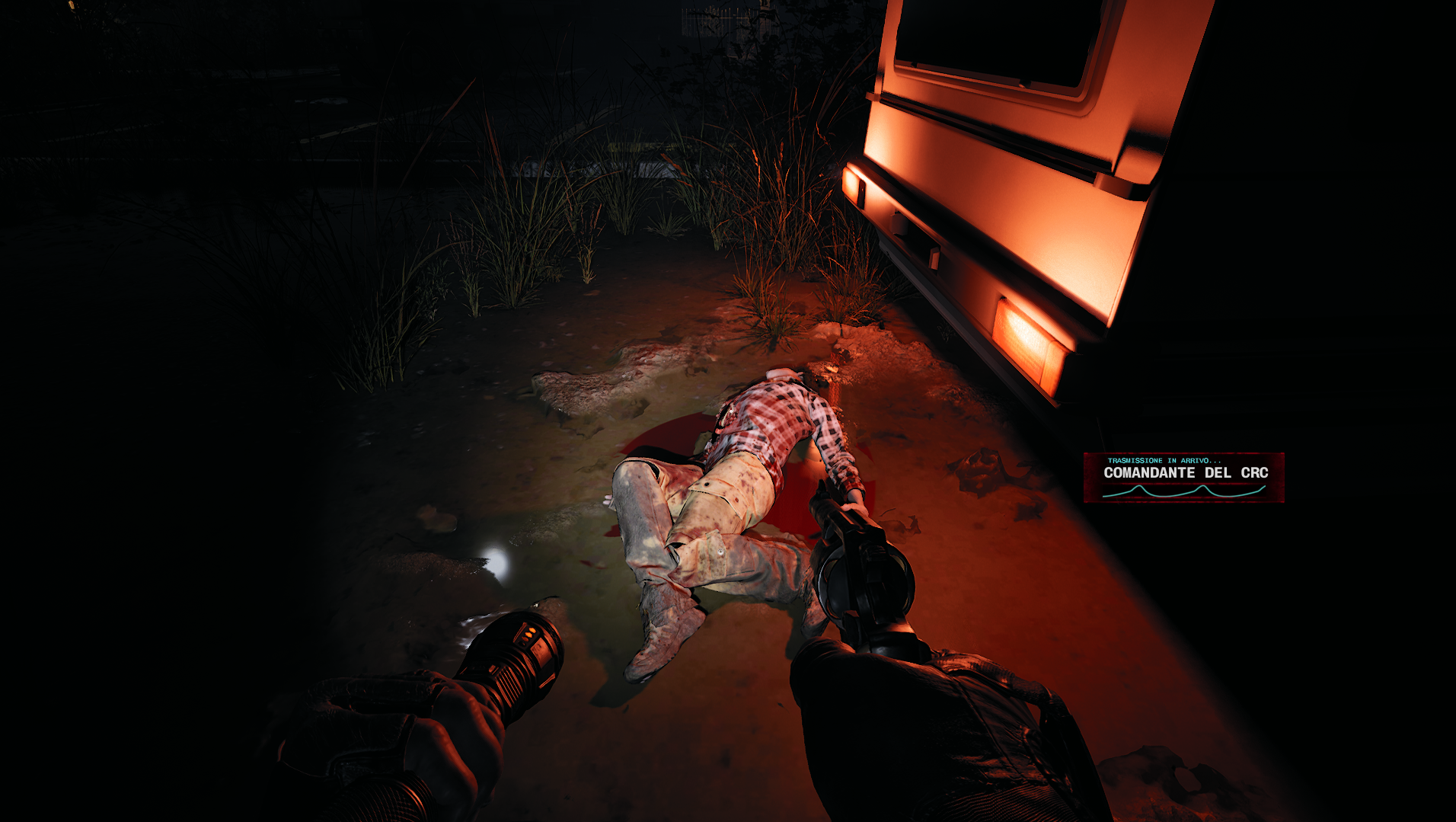
Run if you wish to live
At the beginning of the game, we can choose a character, which at the moment has only one level 1 ability that’s usually quite useless, so between the three randomly proposed, the difference is minimal. However, if we survive, we can add skills based on our total level, which, unlike characters that are permanently eliminated, will continue to rise despite failed missions. To successfully complete a mission and be extracted alive, we must first complete some minor tasks that will grant us access to the final areas. Beyond these, there is a series of side missions that are almost mandatory to complete, since they reward us with a stash of medicines and ammo that would make Burt Gummer’s home envious (the paramilitary from Tremors). However, we cannot abuse these side missions because they are quite challenging, and some consume more resources than they give; bullets run out quickly, and naturally, there are all sorts lying around, and it’s not guaranteed they will fit our weapons. For example, the revolver you start with only uses magnum rounds, while others require a semi-automatic.
Then there’s the core gameplay of No More Room in Hell 2, centred around the small puzzles that unlock objectives. Electrical panels, locks, emergency keys, and much more require time to be repaired or sabotaged. This takes time during which we cannot move, leaving us vulnerable to attacks, so our teammates will need to defend us, hoping they don’t fall along with us. It’s true through that the fallen can be revived infinitely; however, this ability loses significance once you start dying repeatedly and no one comes to save you. It may happen that in the attempt to rescue, one fails to arrive in time, and our former teammate quickly becomes a zombie—an extremely powerful zombie that runs frantically and won’t stop until we take them down ourselves, like in the mantra “better save them.” Lastly, the fact that zombies don’t have clear residual health makes one wary of confronting any adversary because some can go down with four shots, while others won’t drop even after ten, and it’s really impossible to distinguish them for now.
Summing up this experience, it’s not bad at all; of course, one could argue that it resembles a game from 15 years ago, and the answer would be that it’s true. However, the developers focused on the important things, omitting all that is typically used today to criticize titles and tear them apart with metascores. No More Room in Hell 2 is an extremely straightforward title made solely for gameplay, a world where if we stop to contemplate the American landscape, we end up shredded to pieces without a chance. The need for a team is commendable in a multiplayer universe where nowadays, with a bit of strategy and a lot of nerdiness, players escape from practically any endeavour. We certainly look forward to seeing the final product and hope to find some additional features along with a huge variety of weapons and interesting tactical items. For now, it does its dirty job, and it’s a decent job!


